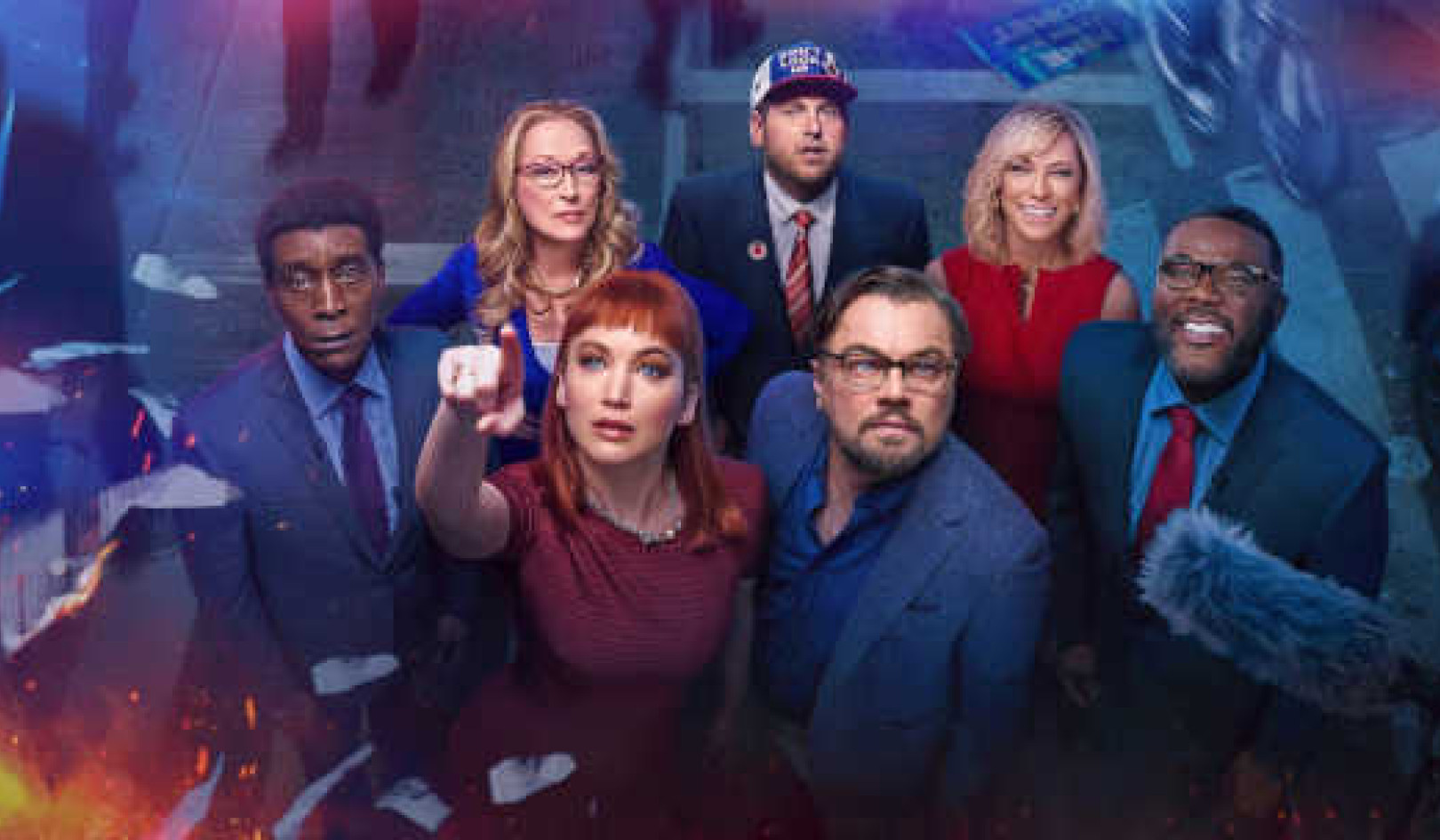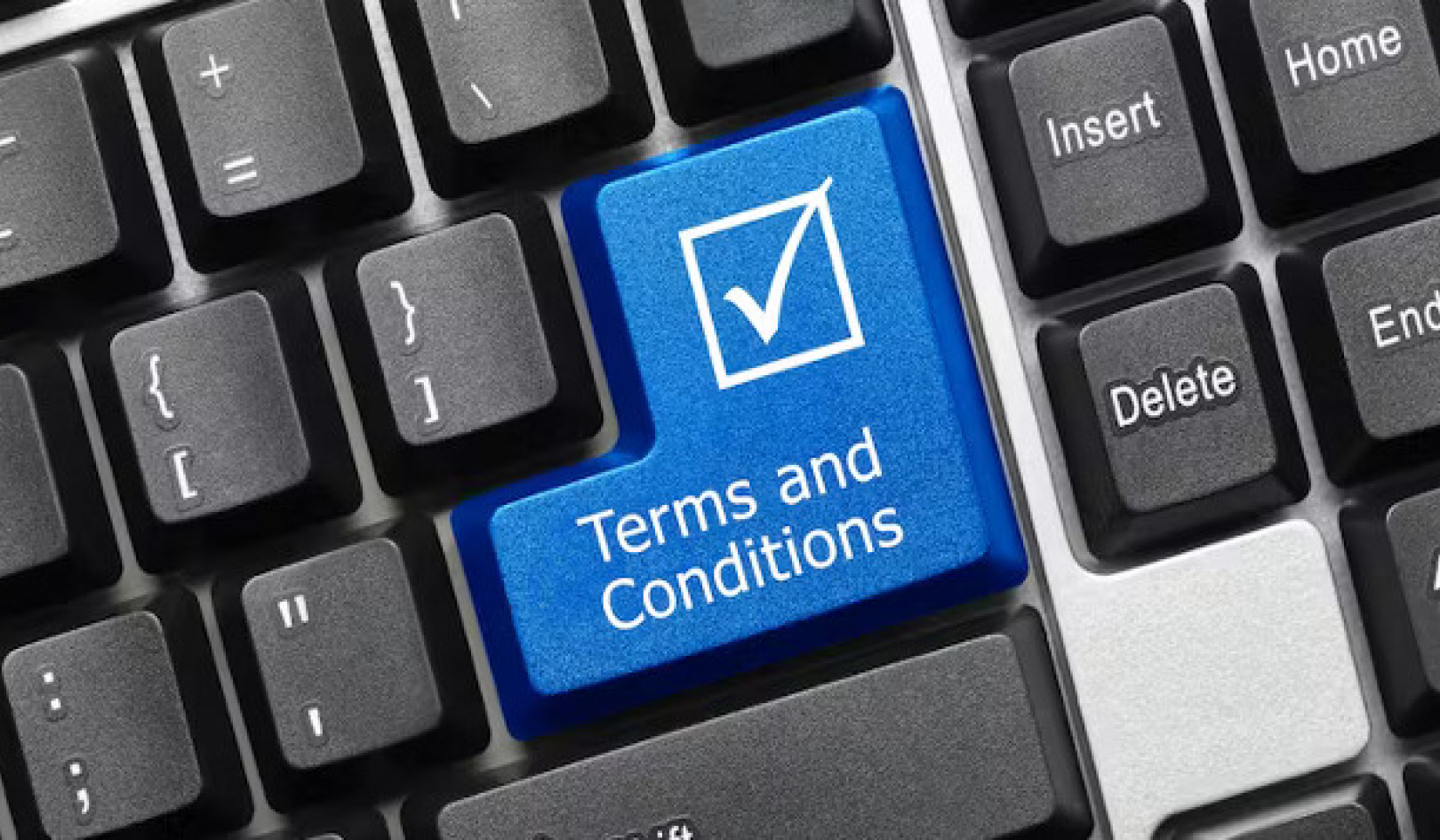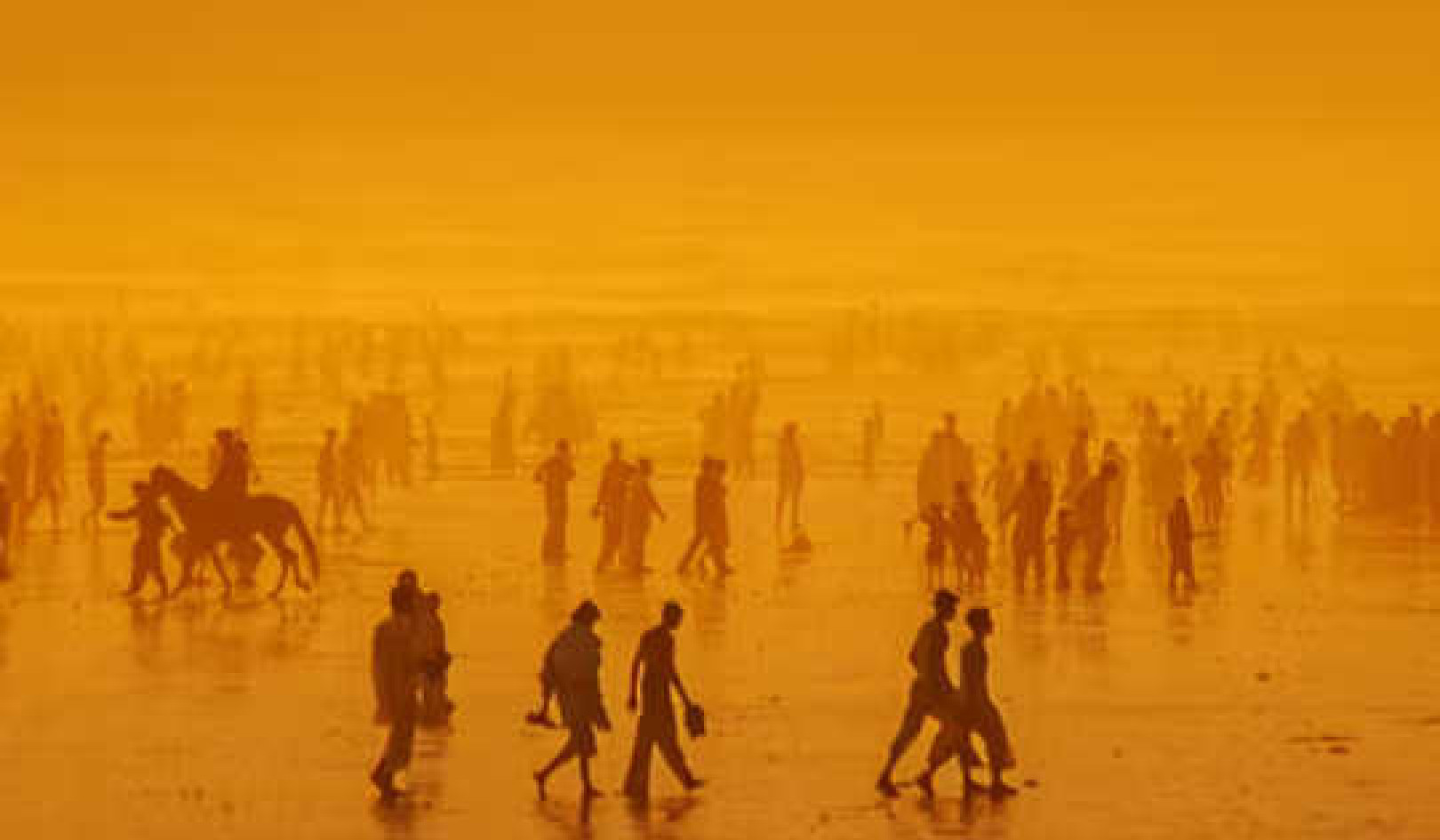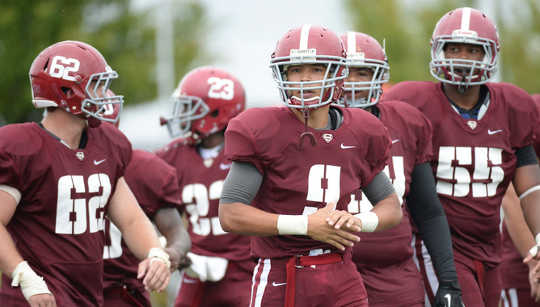 Are football players students or athletes? Barry Brown, CC BY-NC-SA
Are football players students or athletes? Barry Brown, CC BY-NC-SA
College football is America’s national pastime. Tens of millions of fans will soon begin watching games each week, from the stands and on network and cable television.
The top football programs in Division I of the National Collegiate Athletics Association (NCAA) are money-making machines, thanks to billion dollar TV deals, corporate sponsors, sales of luxury seats and skyboxes, and tax breaks (for seat “donations,” broadcast rights and bowl game payments).
Using financial records of the NCAA, investigative journalist Gilbert Gaul (Billion Dollar Ball, 2015) has found that the 10 largest programs grossed US$229 million in 1999 and $762 million in 2012.
Adjusted for inflation, profits during this period (which stayed in athletic departments and were not transferred to the academic side of the house) rose by 146%.
Nonetheless, all is not well in the world of intercollegiate football.
At least three threats are looming. Two of them – concussions and attempts by players to form unions – have been making their way through the courts.
The third, although less visible, is even more fundamental to core values of higher education, including the criteria for admission and academic integrity.
Dangers Of Playing Football
Clearly, football suffers from “concussion headaches“. Despite concussion management guidelines and restrictions on full-contact practices, the game remains dangerous, by its very nature.
And an ethos of playing through injuries still prevails among many coaches and players. Researchers at Harvard and Boston University recently concluded that football players endure six suspected concussions and 21 “dings” (smaller hits to the head) for every concussion they report.
Of late, players have been seeking legal redress. In March 2015, a settlement involving 10 class-action head injury lawsuits mandated that the NCAA fund medical tests for brain damage for individual athletes seeking to establish grounds to sue for damages.
Many, many former players are now virtually certain to have their day in court.
Apparently, parents are paying attention as well. In a Wall Street Journal poll 40% of parents recently indicated that they are trying or will try to prevent their children from playing football.
It is ironic, of course, that institutions committed to fostering the intellectual, physical and emotional well-being of students are featuring a sport that produces brain damage.
Are Players Employees Or Students?
Another big issue concerns whether college football players can be considered to be employees and form unions.
In 2014, Peter Ohr, a regional director of the National Labor Relations Board (NLRB) granted football players at Northwestern University employee status (because their scholarships constituted compensation) and the permission to form a union.
The players testified to a 50-60 hour week and pressure from coaches (their bosses) to choose less demanding courses and majors. Northwestern officials maintained that these individuals are students, first and foremost, and that collective bargaining is not the appropriate way to deal with their concerns.
The five-person NLRB board in Washington, DC unanimously overturned Ohr’s decision this week. The narrow ruling said that giving one team the ability to collectively bargain would generate conflict with other members of the Big Ten Conference (the oldest Division I collegiate athletic conference in the United States).
But the board did not address whether the Northwestern players are employees. While the decision cannot be appealed, it is not likely to be the last word on this controversy. At stake is the amateur status of college and athletics and the financial and institutional infrastructure of intercollegiate sports.
Players are likely to continue to demand guarantees of health insurance and financial aid (that also cover individuals who get injured and anyone who is dropped from the team); coverage of medical expenses for former players for diagnoses and treatment related to on-the-field performance; the creation of a trust fund to help players graduate; compensation for commercial sponsorship; and “pay for play” wages.
Football And The Value(s) Of Higher Education
Controversies about whether football players are students or employees resonate with concerns about the influence of intercollegiate sports on academic values.
In an authoritative study using data on 90,000 students who attended 30 selective colleges and universities (The Game of Life), James Shulman, an officer of the Andrew W Mellon Foundation, and William Bowen, the former president of Princeton University and the Mellon Foundation, examined varsity sports in the current climate of fierce competition and rampant commercialism.
Shulman and Bowen acknowledge that sports can foster loyalty, self-reliance, teamwork and discipline, and bolster community spirit on campus. However, they indicate that championship seasons do not attract academically successful students to apply, persuade legislatures to increase appropriations, or stimulate nonathlete donors to give more money.
And they also demonstrate that recruited athletes (spread over dozens of sports) constitute a large percentage, reaching 25% or 30% of the undergraduate population in some small colleges. This leaves substantially less room to admit other applicants.
The fact is that athletes enjoy a substantial advantage in the admissions process. Their standardized test scores are often well below the mean of accepted students. And the affirmative action consideration they get exceeds that bestowed on minority applicants and children of alumni.
Because of the priority players assign to athletics, moreover, they consistently underperform academically.
This last finding was reinforced in 2014 with high-publicized revelations about academic fraud, including “no show” and “GPA boosting” classes, at the University of North Carolina.
All this comes with a cost to colleges. As Gilbert Gaul points out, some schools pay huge sums of money on tutors, advisers, and reading and writing specialists to make sure athletes are academically eligible to play.
The Road Ahead
“Despite the endless parade of shabby compromises and petty scandals” swirling around high-profile inter-collegiate sports, Derek Bok, the former president of Harvard University, reminds us (Higher Education in America, 2013), academic leaders have been unwilling to “do much more than punish violations of existing rules and try to prevent the current situation from getting worse.”
It is by no means certain that a day of reckoning is coming. Given the threats on the horizon, changes in public opinion and the possibility of large financial settlements of lawsuits, however, it may be a mistake to rule it out.
About The Author
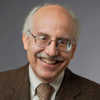 Glenn Altschuler is Thomas and Dorothy Litwin Professor of American Studies and Dean of the School of Continuing Education and Summer Sessions at Cornell University.
Glenn Altschuler is Thomas and Dorothy Litwin Professor of American Studies and Dean of the School of Continuing Education and Summer Sessions at Cornell University.
This article was originally published on The Conversation. Read the original article.
Related Book:
at

Thanks for visiting InnerSelf.com, where there are 20,000+ life-altering articles promoting "New Attitudes and New Possibilities." All articles are translated into 30+ languages. Subscribe to InnerSelf Magazine, published weekly, and Marie T Russell's Daily Inspiration. InnerSelf Magazine has been published since 1985.

Thanks for visiting InnerSelf.com, where there are 20,000+ life-altering articles promoting "New Attitudes and New Possibilities." All articles are translated into 30+ languages. Subscribe to InnerSelf Magazine, published weekly, and Marie T Russell's Daily Inspiration. InnerSelf Magazine has been published since 1985.

















